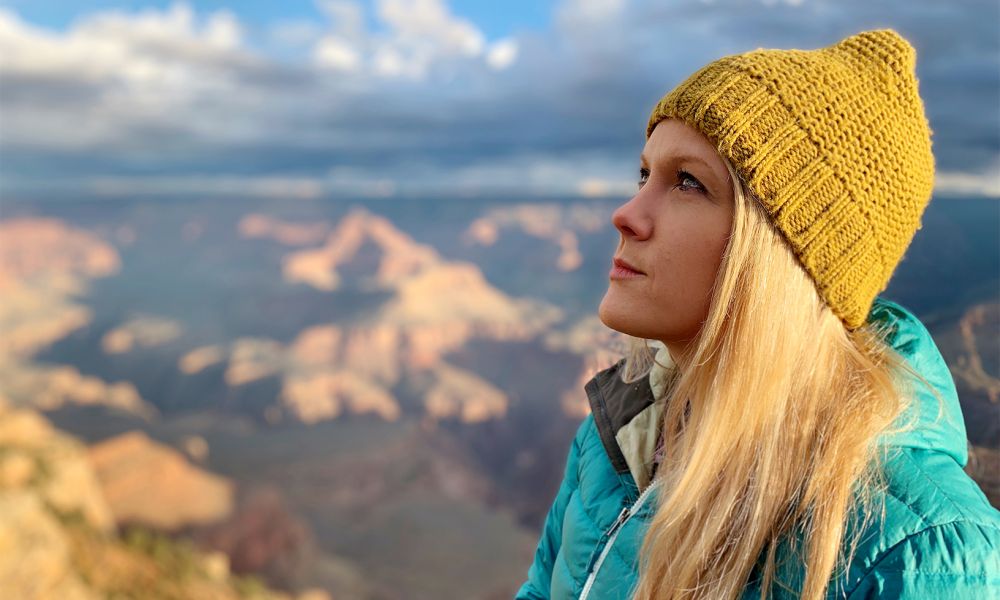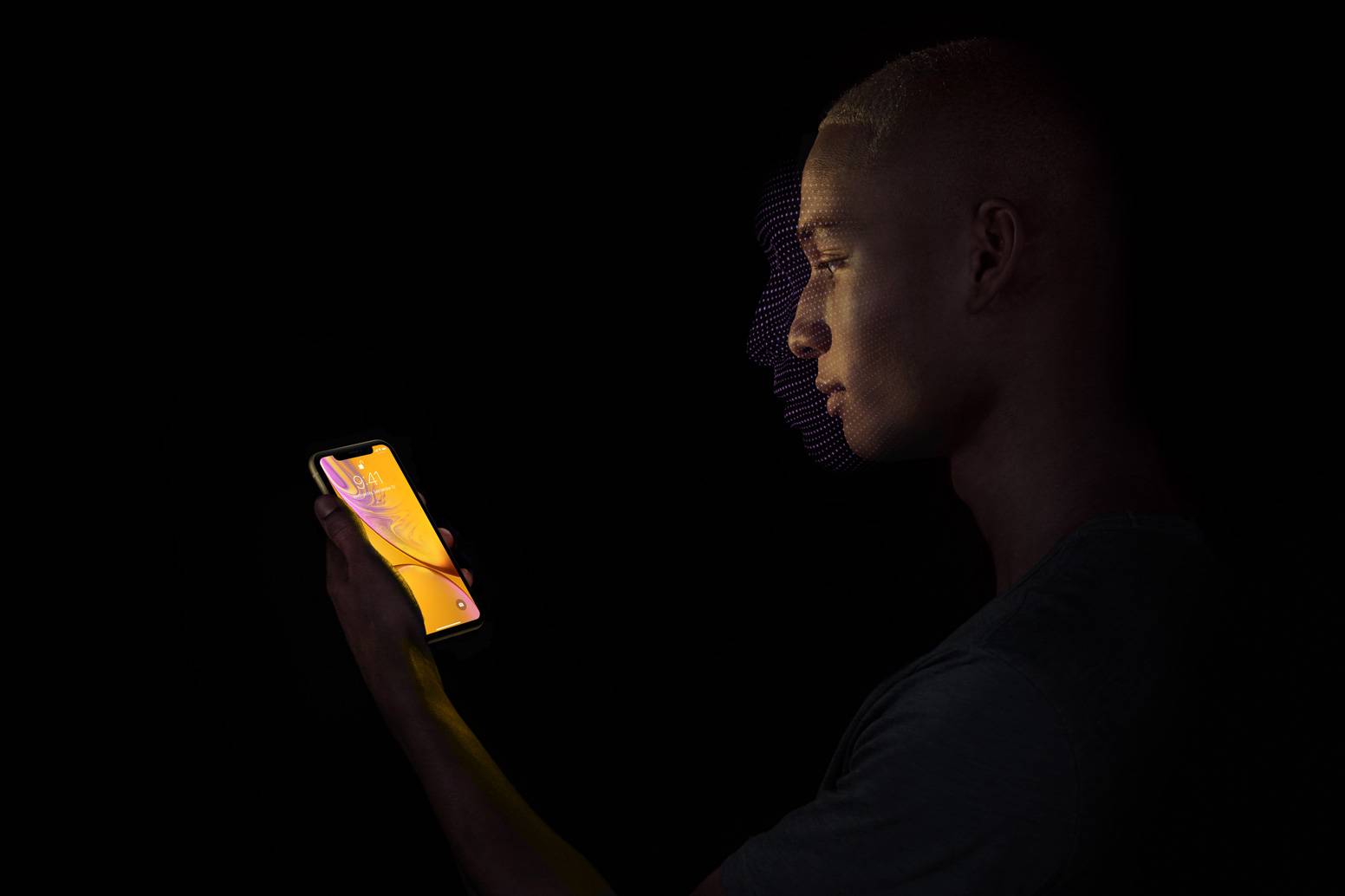Apple Showcases “Shot on iPhone XR” Photo Series
 Credit: Photo by Austin Mann
Credit: Photo by Austin MannToggle Dark Mode
In an all-new “Shot on iPhone” series, Apple highlights the image-capturing prowess of the iPhone XR, which features user shared photos captured by the iPhone XR.
The 2018 iPhone XS, XS Max and XR feature the same front-facing camera setup, consisting of a TrueDepth system with 7 MP lens, VCSEL components and an infrared dot projector — collectively enabling features like Face ID, advanced 3D facial mapping, as well as front-facing Portrait mode with Portrait Lighting options for snapping stellar selfies.

On the backside, the iPhone XR features an enhanced single-lens camera system which features a slightly modified variant of the same 12 MP wide-angle lens employed on the company’s much costlier, dual-lens equipped iPhone XS and XS Max.
While the iPhone XR lacks a secondary lens allowing for telephoto zoom and OIS, the ‘mid-range’ handset still boasts most of the same high-end features, including Smart HDR and Depth Control — the latter of which uses advanced software allowing users to manually adjust the blur effect in some photos after they’ve been taken.
Notably, this makes the iPhone XR a unique offering among other modern iPhones, since its single-lens camera setup not only features a Portrait mode but that feature — along with all the software-enabled settings and options to customize it — doesn’t even require a dual-lens camera like the iPhone 7 Plus, 8 Plus, X, XS and XS Max.
Instead, the iPhone XR relies on software to emulate the bokeh effect, allowing users to manually slide their finger along a meter to create the ‘blur effect’ seen in many beautiful Portrait photos where the subject is isolated from the background.
Unfortunately, while the feature works well, Depth Control on the iPhone XR is currently limited to Portrait mode photos of human subjects, which means, in other words, that iPhone XR users won’t be able to apply the effect to photos of other subjects such as food and pets.
On the plus side, iPhone XR users have the advantage of sporting a wider f/1.8 aperture lens — in contrast to the f/2.4 telephoto lens used on the iPhone XS and XS Max — which is able to capture much clearer and detailed Portrait photos under low-lighting conditions.
To view Apple’s press release showcasing photos “Shot on iPhone” (XR), be sure to visit the Apple Newsroom here. And if you’re looking to compare or contrast any of these photos with similar shots captured on iPhone XS/XS Max, be sure to check out Apple’s previous “Shot on iPhone” campaigns.






